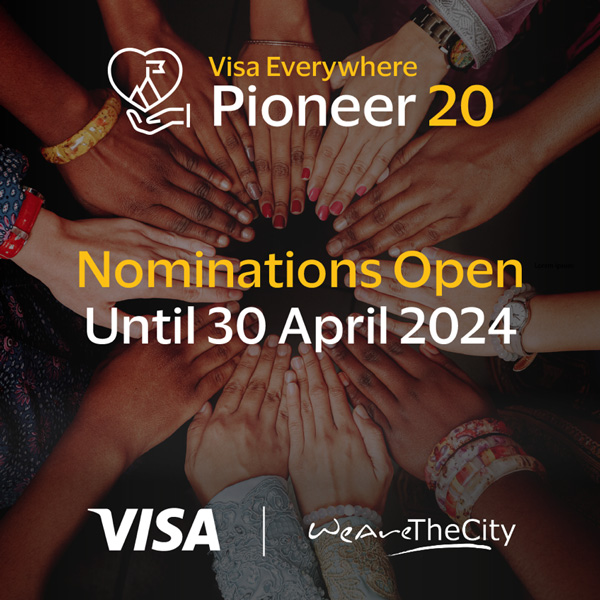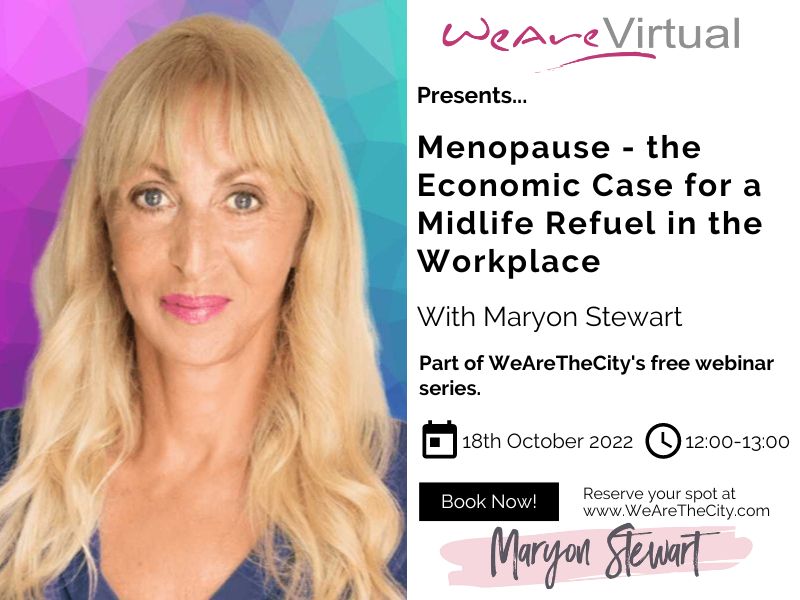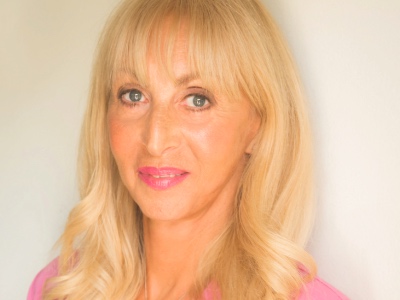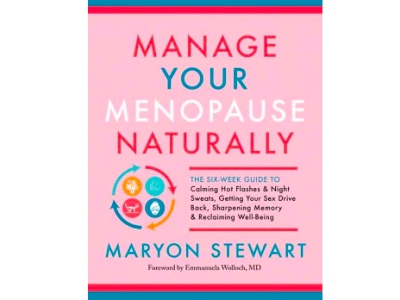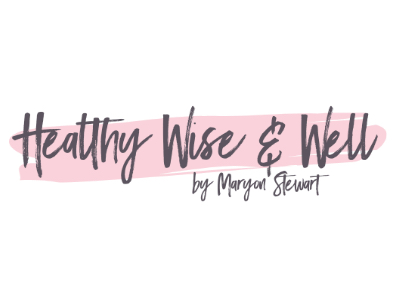It is very easy to feel helpless and anxious when you read media articles about the new wave of legal highs which are flooding the drugs market.
Although children and young people’s exposure to drugs is a perennial worry, at least, until recently, you had a better understanding of the drugs which were going around. Cannabis, ecstasy, cocaine all have their particular harms and it isn’t very hard to get the basics of information about them from TalktoFrank or other drug information sites.
But the new drugs have very unfamiliar names such as Benzo Fury, Ivory Wave, Bliss and Mcat. So of course the dangers of these drugs are completely unknown – to parents and young people alike.
The Angelus Foundation was created in 2009 to help young people and their families get information on the new substances which have recently emerged. The Foundation was created by Maryon Stewart following the death of her daughter Hester, who was a 21 year old medical student who was given half a dose of GBL after an awards dinner. Coupled with the moderate amount of alcohol Hester had consumed, it sent her to sleep and she never woke up.
Angelus has launched various campaigns and made films (whynotfindout.org) to highlight the dangers of these drugs and dispel the many myths which have risen around them. The greatest of these is,‘if it’s legal it must be safe.’ To start with, we know there are many legal but dangerous substances available such as alcohol, tobacco and prescribed drugs. So that argument holds no water anyway.
But there are so many new drugs being sold on the internet and in high street headshops, it is simply not possible for the law to keep pace with the numbers of drugs. Some have been banned such as mephedrone and soon the fake version of ketamine, methoxetamine, also known as MXE. Ketamine, an anaesthetic used by doctors and vets, has been shown to be very damaging to the bladder, so MXE so was marketed as a ‘bladder friendly’ alternative. First indications are that MXE could be even more harmful than ketamine.
There is quite a wide variety of legal highs: some are stimulants, others hallucinogens and many are synthetic cannabis. They also present different levels of harm and risk. But there are frequent cases of young people being hospitalised from panic attacks, racing heartbeat, delusions and vomitting.
Through Angelus you can gain knowledge about these new drugs and confidence to be to able discuss the issues of legal highs and club drugs with your children and help prevent them coming to harm.
You may be surprised to learn that 58 percent of 11-15 year olds consider their parents as an important resource of information about drugs.
Our generation also has had much more exposure to recreational drugs than our parents ever did. The Angelus website includes some suggestions on how to begin talking about drugs in the same way you would about alcohol. The hardest part is starting the discussion once you are over that hurdle the rest is relatively easy.
Much of what we read about drugs stokes our fears about the safety of our children.
The most important thing we can do is communicate with them and find ways of ensuring their safety through knowledge.
And remember, one fact has always remained constant in the drugs world: most young people don’t take them.


